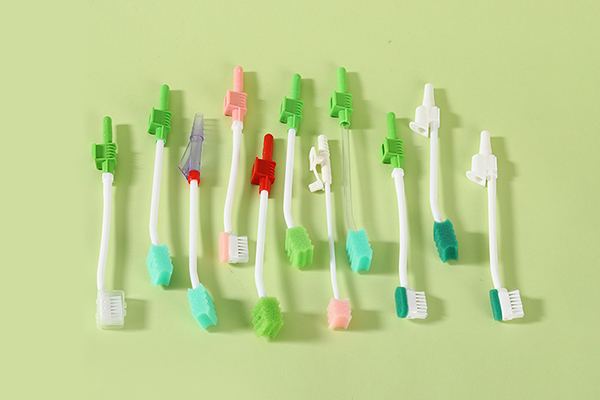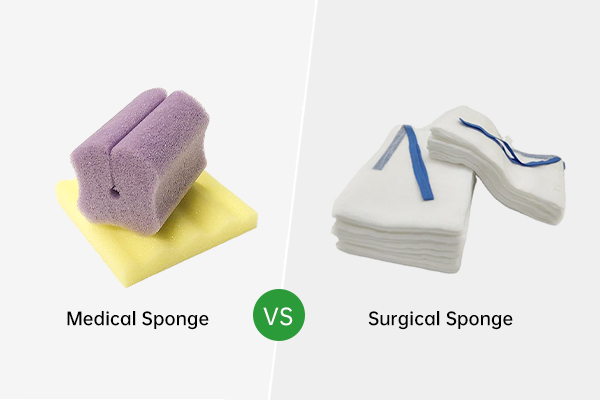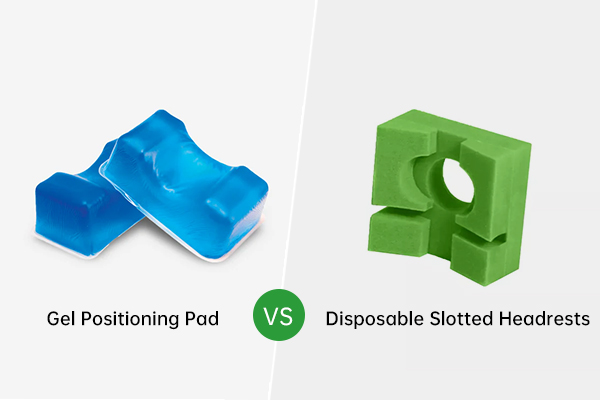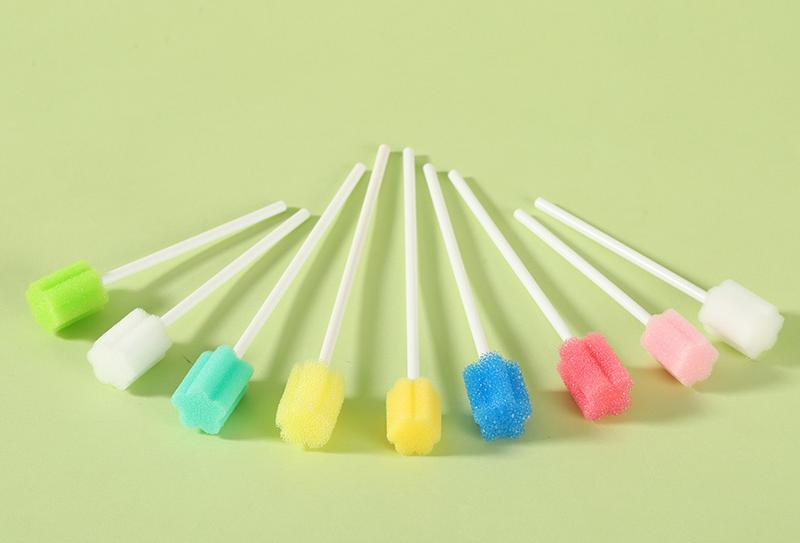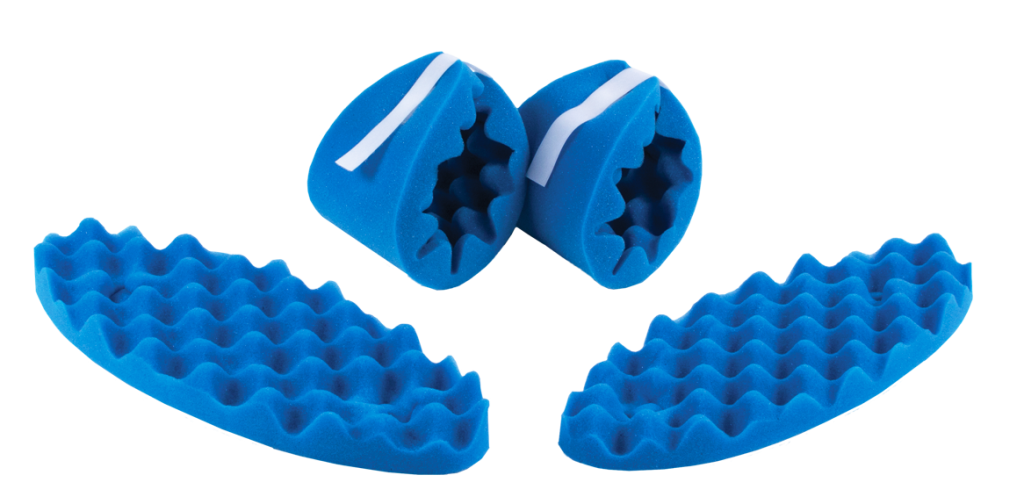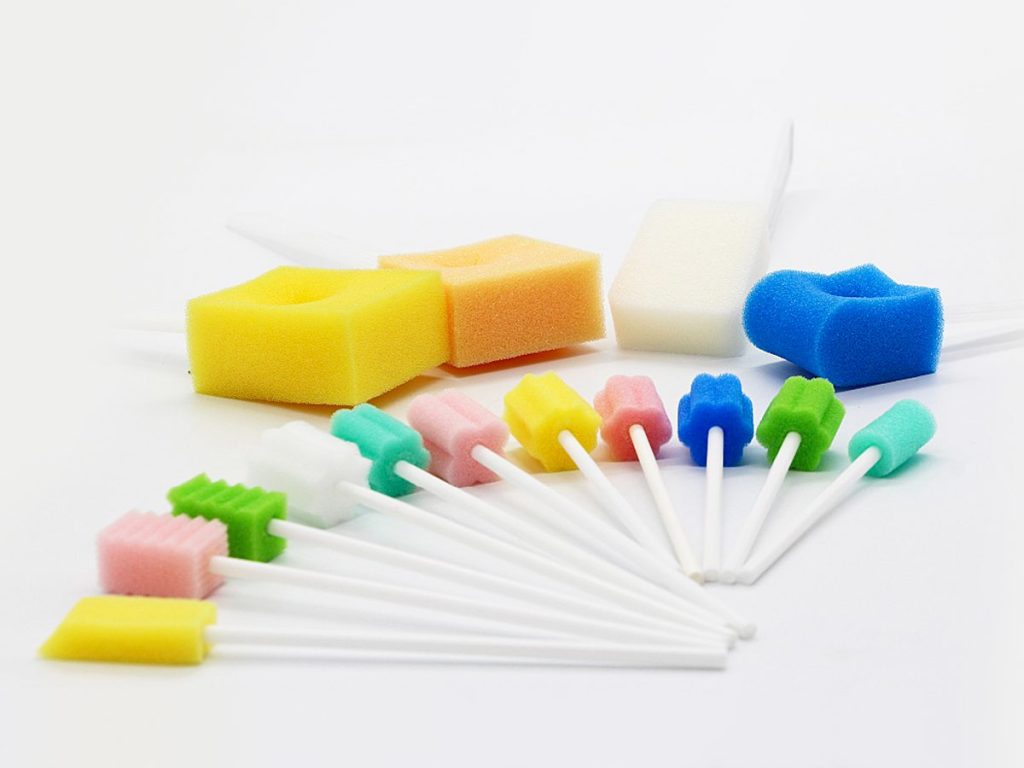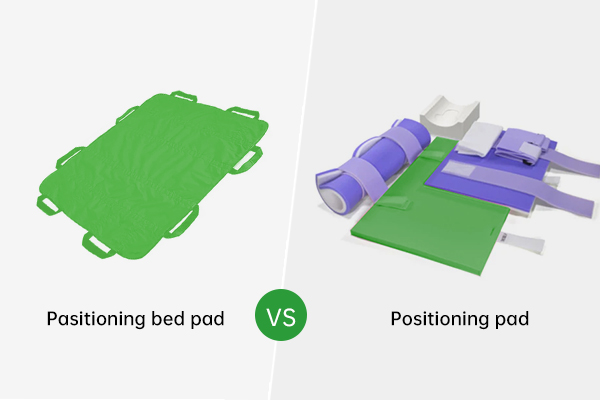A Complete Guide to Cleaning and Disinfecting Suction Swabs
Suction swabs are vital for maintaining oral hygiene and clearing secretions in patients who cannot do so themselves, helping prevent infections and improve comfort. For a safe atmosphere, suction swabs must be cleaned and disinfected properly. This guide covers their importance, best practices, and cleaning methods. Importance of Cleaning and Disinfecting Suction Swabs Suction swabs are frequently used in healthcare settings, particularly for patients who are unable to manage their own oral care due to illness, surgery, or sedation. It is crucial that suction swabs be cleaned and disinfected for a number of reasons. A. Preventing Infections: The mouth is home to a variety of bacteria, and improper cleaning of suction swabs can lead to the transmission of pathogens. This can increase the risk of oral infections and even serious conditions like ventilator-associated pneumonia in hospitalized patients. B. Ensuring Patient Safety: Properly disinfected swabs help maintain a sterile environment, reducing the risk of cross-contamination and ensuring that patients are not exposed to harmful microbes. C. Compliance with Health Regulations: Healthcare facilities are required to adhere to stringent infection control procedures. Proper cleaning and disinfection of medical tools, including suction swabs, help meet these regulatory standards and prevent health code violations. Key Principles of Cleaning and Disinfection Before delving into the methods of cleaning and disinfecting suction swabs, it’s essential to understand the fundamental principles behind these processes: Cleaning vs. Disinfection: Cleaning is the process of clearing surfaces of organic material, grime, and debris. Because disinfectants are more effective on clean surfaces, this step is essential. Disinfection involves using chemical agents to kill or reduce the number of pathogens on a surface to a safe level. Disinfection does not necessarily eliminate all microorganisms but significantly reduces their numbers. Importance of a Two-Step Process: Effective decontamination of suction swabs requires a two-step process involving both cleaning and disinfection. Cleaning must always precede disinfection, as debris or biofilm can shield pathogens from the action of disinfectants. Recommended Procedures for Cleaning Suction Swabs The cleaning process should remove all visible debris and prepare the suction swabs for disinfection. This is how to properly clean suction swabs: A. Gather Supplies: Masks and gloves are types of personal protective equipment (PPE). Clean, running water Soft-bristled brush or dedicated cleaning tool Mild detergent or enzymatic cleaner B. Cleaning Process: Pre-Rinse: To get rid of any loose particles or saliva, rinse the suction swab under warm running water. Apply Detergent: Use a mild detergent or an enzymatic cleaner to break down any protein-based materials. Enzymatic cleaners are particularly effective in dissolving organic matter and reducing biofilm buildup. Scrub: Use a soft-bristled brush to gently scrub all surfaces of the swab, paying close attention to the interior tubing and any crevices. This stage guarantees that every area is completely cleaned and helps get rid of any last bits of debris. Rinse Thoroughly: Run the swab under water to remove any detergent residue completely. 4. Effective Disinfection Methods for Suction Swabs Once the suction swabs have been cleaned, disinfection is the next step to ensure that they are safe for reuse. The following methods are commonly used for disinfection: Chemical Disinfection: Chemical disinfectants such as hydrogen peroxide, glutaraldehyde, or bleach solutions are commonly used to disinfect suction swabs. The choice of disinfectant depends on the healthcare facility’s protocols and the swab material’s compatibility. Disinfection Steps: Prepare the Disinfectant Solution: Follow the manufacturer’s instructions to prepare the disinfectant at the correct concentration. Make sure the remedy is novel and efficient. Soak the Swabs: Submerge the cleaned suction swabs in the disinfectant solution for the recommended contact time (usually 10-30 minutes). Make sure the swab is completely submerged in water. Rinse Thoroughly: After soaking, rinse the swabs thoroughly with sterile or filtered water to remove any chemical residue, as leftover disinfectants can be harmful to patients. Dry: Allow the swabs to air dry completely on a clean, lint-free surface or drying rack. Ensure proper ventilation to facilitate quick drying. Thermal Disinfection: For facilities equipped with specialized equipment, thermal disinfection can be an effective method. This process uses heat to kill microorganisms without chemicals. Steps for Thermal Disinfection: Autoclave or Pasteurization: Place the suction swabs in an autoclave and process them according to manufacturer guidelines (usually at 121°C for 15-20 minutes). Alternatively, thermal pasteurization can be used, where swabs are exposed to a controlled temperature of around 70°C for a designated period. Dry and Store: After thermal disinfection, allow the swabs to dry thoroughly and store them in a sterile container or designated area. Note: Thermal methods are not suitable for all types of suction swabs, particularly those made of heat-sensitive materials. The Best Methods for Secure Storage and Handling To maintain the cleanliness of suction swabs post-disinfection, it is essential to follow the best practices for handling and storage: A. Use PPE: Always wear gloves and other necessary protective gear when handling disinfected suction swabs to prevent contamination. B. Suction swabs should be kept in a sterile, dry, and clean container for optimal storage. To keep track of the swabs’ use duration, mark the container with the date and time of disinfection. C. Avoid Cross-Contamination: Ensure that disinfected swabs are not stored near dirty or contaminated items. To reduce the chance of cross-contamination, store used and clean swabs in different locations. Choosing the Right Disinfection Method Selecting the most appropriate cleaning and disinfection method depends on various factors: Material of the Suction Swab: Some suction swabs are made from materials that can withstand chemical disinfectants and heat, while others are more delicate. Refer to the manufacturer’s directions to prevent swab damage. Frequency of Use: For suction swabs that are used multiple times a day, quick and effective methods such as chemical disinfection might be more practical. Autoclaving or thermal disinfection may be reserved for end-of-day cleaning. Facility Resources: Not all healthcare facilities have access to advanced sterilization equipment such as autoclaves. In such cases, chemical disinfection is a reliable and cost-effective option. Regulatory Guidelines and Compliance To protect patients and employees,

